One of the things that made me decide not to move from an APS-C camera to a full-frame camera until recently is the thought of having to carry full-frame lenses that are known to be much bulkier and heavier than their APS-C counterparts. And there is no heavier lens than a telephoto lens, which I need to use for wildlife and landscape photography.
The thought of carrying a massive cannon-size lens that weighs over 1 kg (35 oz) like the Sony FE 100-400mm f4.5-5.6 GM OSS Lens was a huge turn off for me, so I stuck with my trusty APS-C camera and the Sony E 70-350mm F4.5-6.3 Lens.
That was the case for most of 2020, but then Tamron released the Tamron 70-300mm F4.5-6.3 Di III RXD telephoto lens (I'm going to use Tamron 70-300mm as a synonym from now on as the actual name is just SO LONG!), which they called the lightest and cheapest telephoto lens in the world, and that changed everything.
I decided to switch to the Sony full-frame system right away and bought myself a Sony a7C camera, the smallest full-frame camera in the world. Then, not long after, I got the Tamron 70-300mm.
To my surprise, with the Tamron 70-300mm lens mounted on the Sony a7C, my full-frame wildlife photography kit is actually lighter than my previous APS-C setup! I do not know how Sony and Tamron were able to make such lightweight cameras and lenses, but they did it. The Sony a7C and the Tamron 70-300mm lens are now my go-to setup for travel, wildlife, and landscape photography.
The benefit of weight and size is one thing, but how does the Tamron 70-300mm fare in the field? Well, let's find out! Here is a traveler's review of the Tamron 70-300mm lens based on my personal real-life experience using it to shoot wildlife and pick out landscape detail.
Without further ado, let's take a quick look at the pros and cons of this lens below.
- Quick Summary of Tamron 70-300mm
- What to Look For In A Travel Wildlife & Landscape Lens?
- What I Love Most About the Tamron 70-300mm lens
- The Drawbacks of the Tamron 70-300mm Lens
- Sample Photos From The Tamron 70-300mm lens
- The Verdict: The Tamron 70-300mm Is A Great Travel Wildlife & Landscape Lens for Beginners
- Further Reading for Photography
Quick Summary of Tamron 70-300mm
If you are short on time, here is a quick summary of the pros and cons of using the Tamron 70-300mm lens as your travel wildlife lens, and a link to check the recent price of the lens below.
- Great focal length
- Light & Compact
- Very Cheap
- Lack of Image Stabilization
- Slow Aperture
- Lens Creep
What to Look For In A Travel Wildlife & Landscape Lens?
Focal Length: When it comes to wildlife and landscape lenses, one of the first things you have to look out for is the lenses' focal length.
Usually, focal lengths of 70mm and above are considered telephoto in the full-frame world. However, for wildlife photography, you will need a lens that can go beyond a 200mm focal length. This will allow you to stealthily shoot wild animals without spooking them.
No time to read?
Don't worry. You can save this page to Pinterest and come back later.
That said, if you plan to shoot only landscapes and not wildlife, you should be able to get away with a telephoto lens that goes up to 200mm. However, for wildlife, the longer the focal length, the better.
Weight & Size: Now, in an ideal world, I would prefer a lightweight telephoto lens that can go as long as 600mm for wildlife. Unfortunately, in the real physical world, the longer the focal length, the heavier and bulkier the lens becomes. Therefore, you will have to strike a balance between the focal length you need and the weight and size of the lens you are willing to carry.
This also applies to the aperture you need for your wildlife lenses as well. In an ideal world, I would like to travel with a 200mm - 600mm F2.8 lens that weighs less than 1 kg (35 oz), but that is just physically impossible. So, if you want to find a wildlife lens that is the right size and weight, you are going to have to sacrifice the reach and the aperture you want and go for what you actually need instead.
Image Quality: As I mentioned before, when it comes to picking the right telephoto lens, it's all about balance. The telephoto lens you ended up picking should allow you to produce images that are sharp enough for you.
Since you will likely be using your telephoto lens at the extreme end of the focal length most of the time, you will have to make sure that the lens you picked up can produce an acceptable image at that focal length.
Always look for sharpness in the corners of your images. If the telephoto lens can produce sharp enough images from corner to corner throughout its range, then that lens is a good option to consider.
Price: Last but not least, the price of the telephoto lens must be in an acceptable range that you can afford. There are many telephoto lens grades out there with varying price points, ranging from as cheap as 300 USD all the way to over 10,000 USD.
There are extremely expensive lenses built specifically for sports journalists that cost an arm and a leg, and there are also consumer-friendly lenses that are affordable and more than capable for normal use cases.
Find a budget you are willing to pay for a wildlife and landscape lens and then balance it out with the other 3 points I mentioned earlier (image quality, focal lengths, and size & weight) and you will find a lens that is perfect for you.
What I Love Most About the Tamron 70-300mm lens
Extremely Light and Compact
The Tamron 70-300mm lens weighs only 545g (1.2 lb), is 148mm (5.8 in) long, and has a maximum diameter of 77mm, making it one of the most compact and lightest telephoto lenses available for full-frame cameras.
To put that into perspective, my old Sony E 70-350mm lens, which is a lens built specifically for the smaller APS-C cameras, weighs 625 g (1.38 lb), almost 100 grams more than the Tamron 70-300mm lens. The Tamron lens is made for a larger full-frame sensor, which is quite a feat.
With the Sony a7C and the Tamron 70-300mm lens, my full-frame wildlife setup ended up being lighter than my old APS-C wildlife setup, which is something that still blows me away to this day.
If you are looking for a travel telephoto lens to shoot wildlife and landscapes that you can use handheld without tiring your arms and back, the Tamron 70-300mm is a lens you should definitely consider. Trust me, you won't find anything at the focal lengths that are lighter and more compact than the Tamron 70-300mm lens.
Great Focal Lengths
As mentioned earlier, if you want a travel lens for wildlife, you are going to need something that has a focal length of 200mm or more. The Tamron comes in 70-300mm focal lengths, which allows you to bring the subject closer and gives you the flexibility to frame your shot the way you like it without having to crop later.
I use the Tamron 70-300mm lens a lot when I want to isolate a subject and do not want to include other distracting elements in the frame. With the 300mm focal length, I am able to do just that, using its extreme compression which gets rid of distracting elements and allows me to really put the focus on the subject I want, whether it be parts of a landscape or an animal that I would not have been able to capture otherwise.
If you are looking for a travel lens that goes beyond the usual 200mm focal length and one that doesn't cost an arm and a leg, the Tamron is definitely one of the best options out there.
Produce Tack Sharp Images At Most Focal Lengths
The Tamron 70-300mm lens is considered to be one of the cheapest telephoto lenses out there. To be honest, when I first bought it, my expectation regarding the image quality was pretty low.
But, after spending a week traveling with the Tamron 70-300mm lens, I am happy to report that the lens definitely performs well above its price point. I shoot a lot at the extreme end of the focal length, and I am very pleased with the image quality that comes out with the Tamron.
The lens is tack sharp even at 300mm, and the corner performance is way better than I thought it would be. In fact, the image produced with the Tamron 70-300mm lens comes out ahead of the Sony's own FE 70-300mm G lens, which costs more than double the price of the Tamron.
The Tamron 70-300mm lens performs extremely well at most focal lengths, except at 70mm where the corners become rather soft due to the lens' field curvature. As long as you go above 70mm, the images produced with this lens should be sharp enough from corner to corner for most use cases.
Very Cheap
Last but not least, the Tamron 70-300mm lens costs less than 500 USD at retail, which makes it one of the cheapest telephoto lenses out there. To give you perspective, the Sony FE 70-300mm G lens, which is in the same league as the Tamron 70-300mm lens, costs more than 1200 USD at retail, and it doesn't even produce images as sharp as the Tamron.
If you are looking for a telephoto lens that offers the best bang for your buck, picking the Tamron 70-300mm lens over the Sony FE 70-300mm lens and saving 800 USD to buy other lenses instead is a no-brainer.
The Drawbacks of the Tamron 70-300mm Lens
Lack of Image Stabilization
How was Tamron able to make the lens cheaper, lighter, and smaller than its competitors? Was it magic? Unfortunately, no. In order to keep the price, size, and weight down, Tamron had to sacrifice certain things, and one of those is the optical stabilization system (OSS).
Given that nowadays, most Sony full-frame cameras come with a built-in image stabilization system (IBIS), you may think that not having OSS in a lens is not a big deal. However, when it comes to a long focal length like 300mm, which is prone to the tiniest of jitter, having OSS work in conjunction with the IBIS does help a lot in eliminating those small jitters and keeping your image sharp.
The Tamron 70-300mm lens does not come with OSS, so when you are shooting, you will have to rely on the IBIS in your camera and your own stable hands. It took me a while to get used to it, and even then, I still forgot to bump up my shutter speed sometimes.
I found that if I have my shutter speed set to 1/250th and I hold my breath when shooting at 300mm, it helps a lot in stabilizing the lens and eliminating those small jitters that can result in blurry images.
As you can see, lacking OSS can be a problem for someone who is not used to shooting with non-stabilized lenses, but that doesn't mean you can't produce sharp images with the Tamron 70-300mm lens.
Despite the lack of OSS, with the right techniques and camera settings, the Tamron 70-300mm lens can produce some really sharp images, and you can see some sample photos down below.
Slow Aperture, Not Good in Low-Light
The Tamron 70-300mm lens has a variable aperture of F4.5-6.3, which is not very fast and makes it not the greatest lens to use in low-light. However, if you are planning to use it for wildlife and landscape photography, where there is often plenty of natural light, the slower aperture of this lens should not be a huge problem.
I mainly use it to shoot animals and landscapes during the day, and I never wish I had a faster aperture lens. On a clear day, I can easily shoot landscapes at F6.3, and the ISO will still be at 100. Even for wildlife, I can still ramp up the ISO to something like 800, and the images are kept sharp enough without too much noise.
If you are looking for a telephoto lens to shoot wildlife and landscape during the day, as I do, the slower aperture of the Tamron 70-300mm lens shouldn't be much of a problem. However, if you are looking for a pro-grade telephoto lens with a fast and constant aperture and you do not mind paying more money, the Sony 70-200mm F2.8 GM lens might be a better option for you.
Prone to Lens Creep
Last but not least, and this doesn't affect the image quality or the way you shoot in any way, the Tamron 70-300mm lens is prone to lens creep, which occurs when the lens barrel slightly extends due to gravity as you walk around with the lens mounted on your camera or kept in your backpack.
This is usually solved with some sort of lock mechanism, but the Tamron 70-300mm does not come with any. You may find your lens fully extended by accident when you take it out of your backpack.
It is not a big deal as it doesn't affect the way you shoot in any way, but it is something that I think Tamron definitely overlooked when they designed this lens.
Sample Photos From The Tamron 70-300mm lens
A photo is worth a thousand words, so here are some of my favorite shots I took with the Tamron 70-300mm lens attached to my Sony a7C.
A sample photo shot using the Tamron 70-300mm F/4.5-6.3 lens of a mountain and a lake in Thailand at 74mm focal length.
A sample photo shot using the Tamron 70-300mm F/4.5-6.3 lens of a mountain peak in Thailand at 147mm focal length.
A sample photo shot using the Tamron 70-300mm F/4.5-6.3 lens of a mountain in Thailand at 300mm focal length.
A sample photo shot using the Tamron 70-300mm F/4.5-6.3 lens at 154mm of a Great Hornbill bird in Thailand.
A sample photo shot using the Tamron 70-300mm F/4.5-6.3 lens at 300mm for 3 colorful birds nestled in its nest in Thailand.
The Verdict: The Tamron 70-300mm Is A Great Travel Wildlife & Landscape Lens for Beginners
After spending over a week shooting wildlife and landscapes with the Tamron 70-300mm lens here in Thailand, I can finally say that this is the perfect travel telephoto lens for me.
I have only been incorporating a telephoto lens like this one in my travel for a year, and I am still learning my way around it. So, having such a lightweight lens that allows me to carry it anywhere I go really helps motivate me to use it more. Hopefully, it will improve my wildlife photography skills even more.
If you are a beginner and looking to get into wildlife photography for the first time, or even if you are just looking for a telephoto lens that you can handhold for hours on end when traveling, the Tamron 70-300mm lens is the perfect travel lens for you.
Trust me, you won't find any other lenses that come with such a flexible range and are this lightweight, compact, and cheap out there. For the latest price, be sure to check it using the link below.
That is it for A Traveler's Review: Tamron 70-300mm F4.5-6.3 Di III RXD. Have we missed anything? Have you found the guide useful? Let us know in the comments below!
Want to take your photography game to the next level? Here are some resources to help you upgrade your work and photography gear:
Further Reading for Photography
Looking for more photography articles like this? Here are some collections of articles you might like:
- For a complete list of travel lenses to buy for Sony Full-Frame cameras, check out: The Best Travel Lenses For Sony Full-Frame Cameras.
- Looking for the very best travel full-frame camera to buy for your next trip? How about the Sony a7C, the smallest full-frame camera with an EVF in the world? Check out my review: A Traveler's Review: The Sony a7C Camera
- The king of travel lenses has arrived. The Sony 24-70mm F2.8 GM II lens is hands down the best travel all-purpose zoom lens I have ever owned. Here's why: A Traveler's Review: Sony 24-70mm F2.8 GM II Lens.
- The new king of landscape/architecture lens is here. Here is A Traveler's Review of the Sony 16-35mm F2.8 Lens.
- For the best landscape/architecture travel lens, you just can't beat the Sony 16-35mm F2.8 GM lens. Here is A Traveler's Review of the Sony 16-35mm F2.8 GM Lens.
- Sony 70-200mm F2.8 GM II OSS lens is, hands down, the best telephoto lens to get for your Sony cameras but with an extremely high price tag. Here is a complete traveler's review of the lens: A Traveler's Review: Sony 70-200mm F2.8 GM II OSS Lens.
- Looking for a lightweight and affordable landscape/architecture travel lens that is also extremely capable? Here is A Traveler's Review of the Sigma 16-28mm F2.8 DG DN Lens.
- Looking for the best travel portrait lens to buy for your next trip? You can't beat the Sigma 85mm F1.4 DG DN lens. Here is A Traveler's Review of the Sigma 85mm F1.4 DG DN Art Lens.
- Wondering which Sony mirrorless camera is right for you? The Best Sony Travel Cameras to Buy in 2024.
- For more photography resources like this, visit my Photography page.
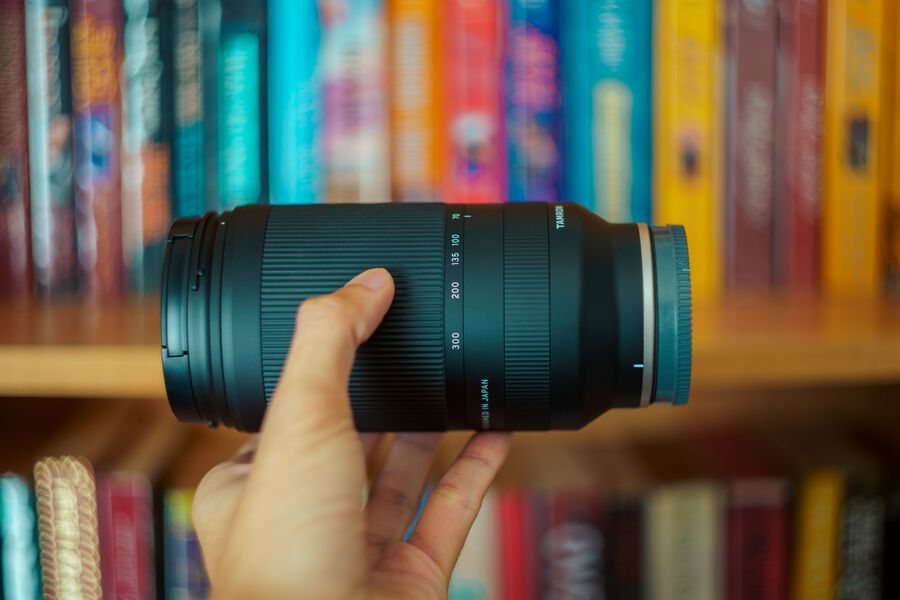
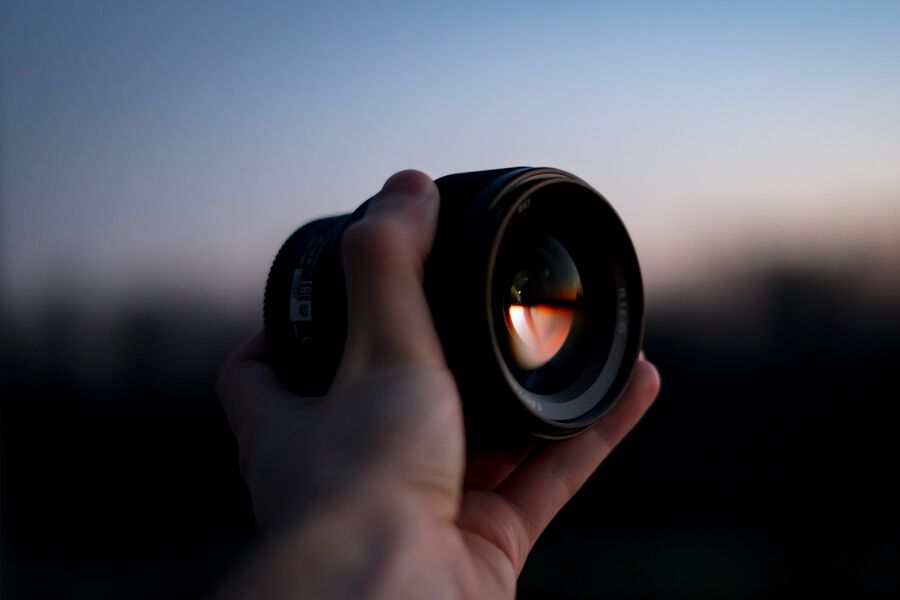
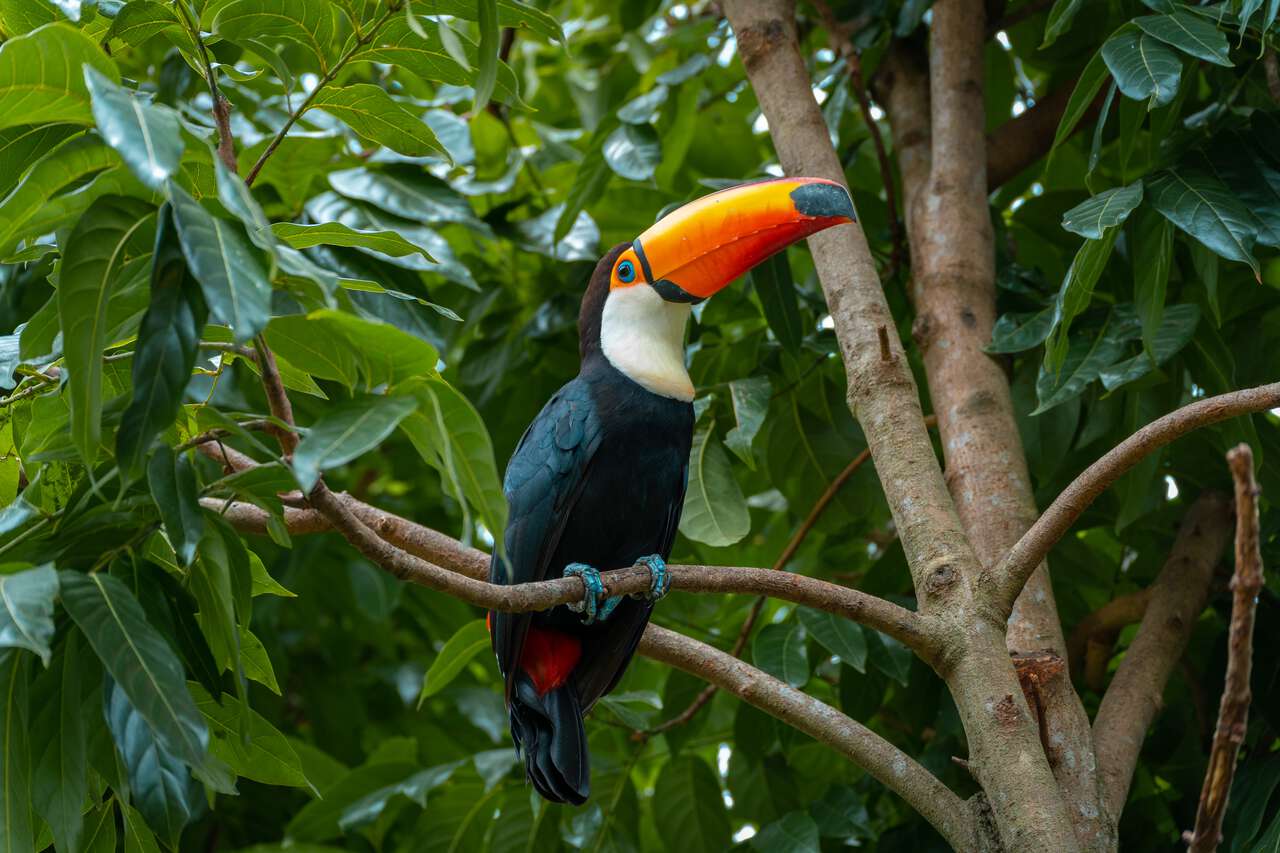

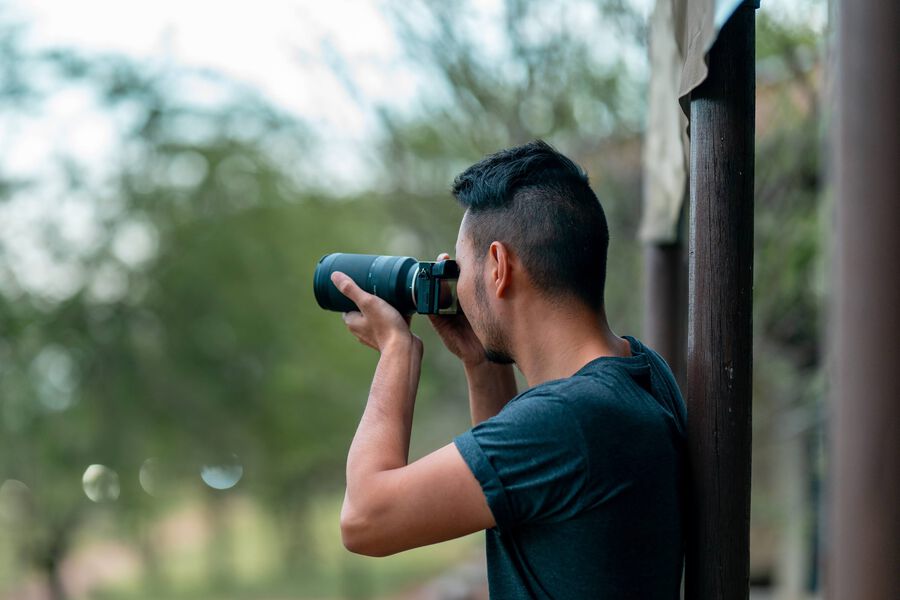
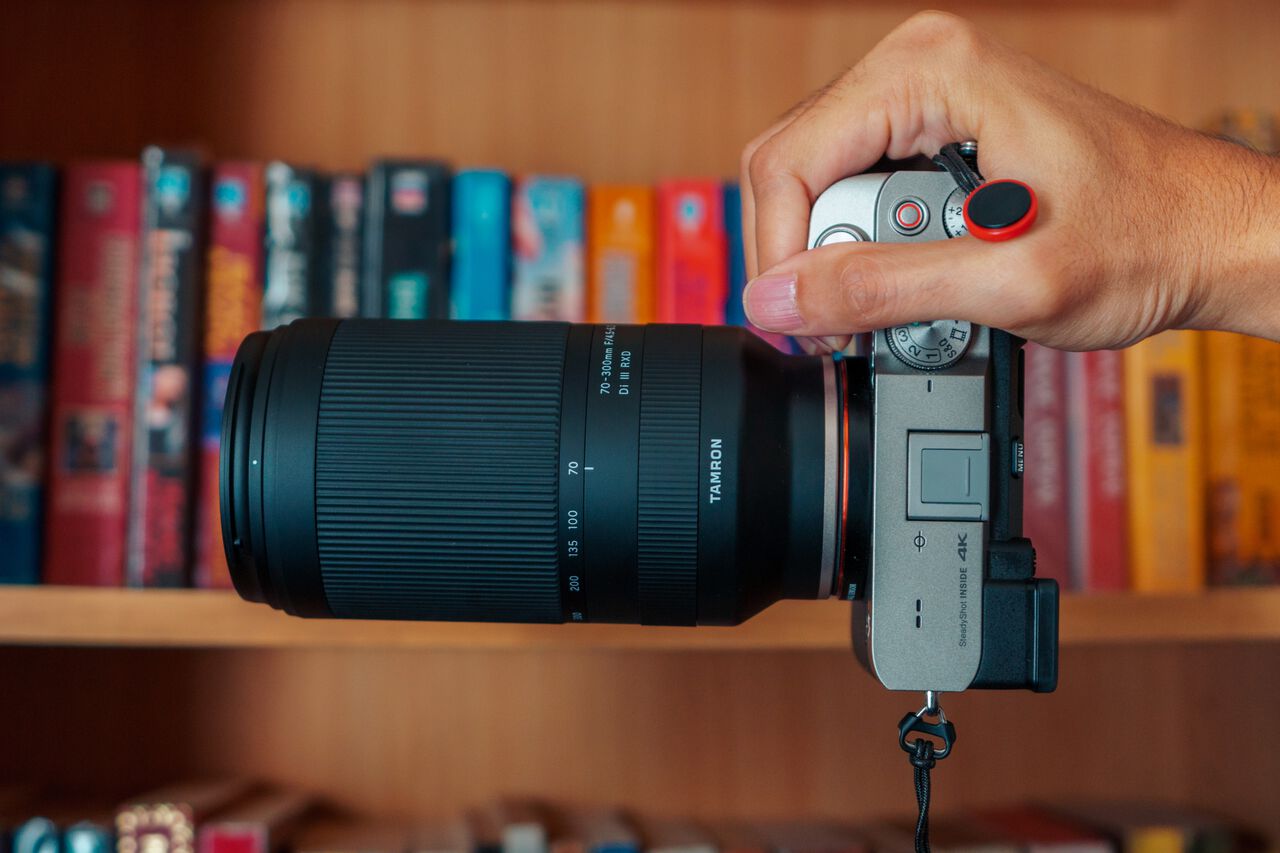

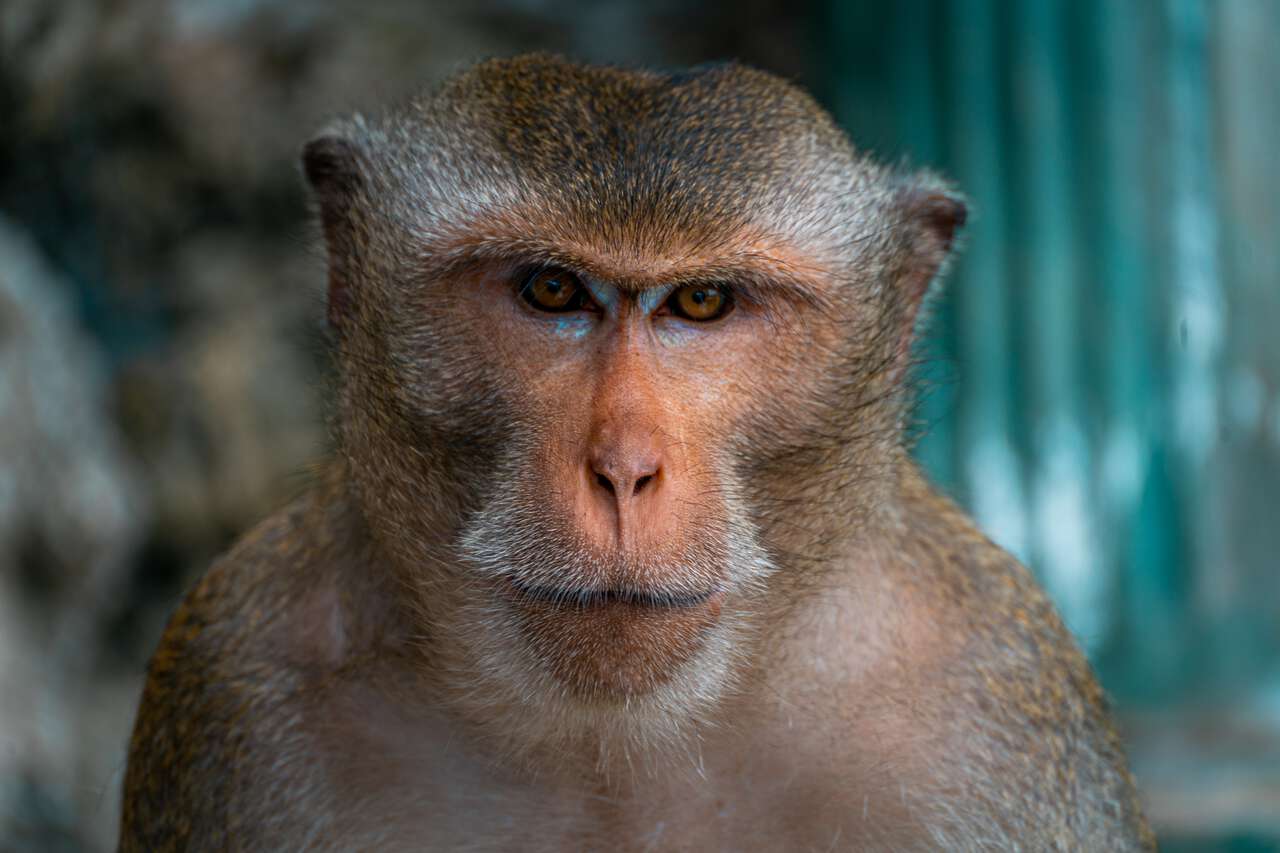


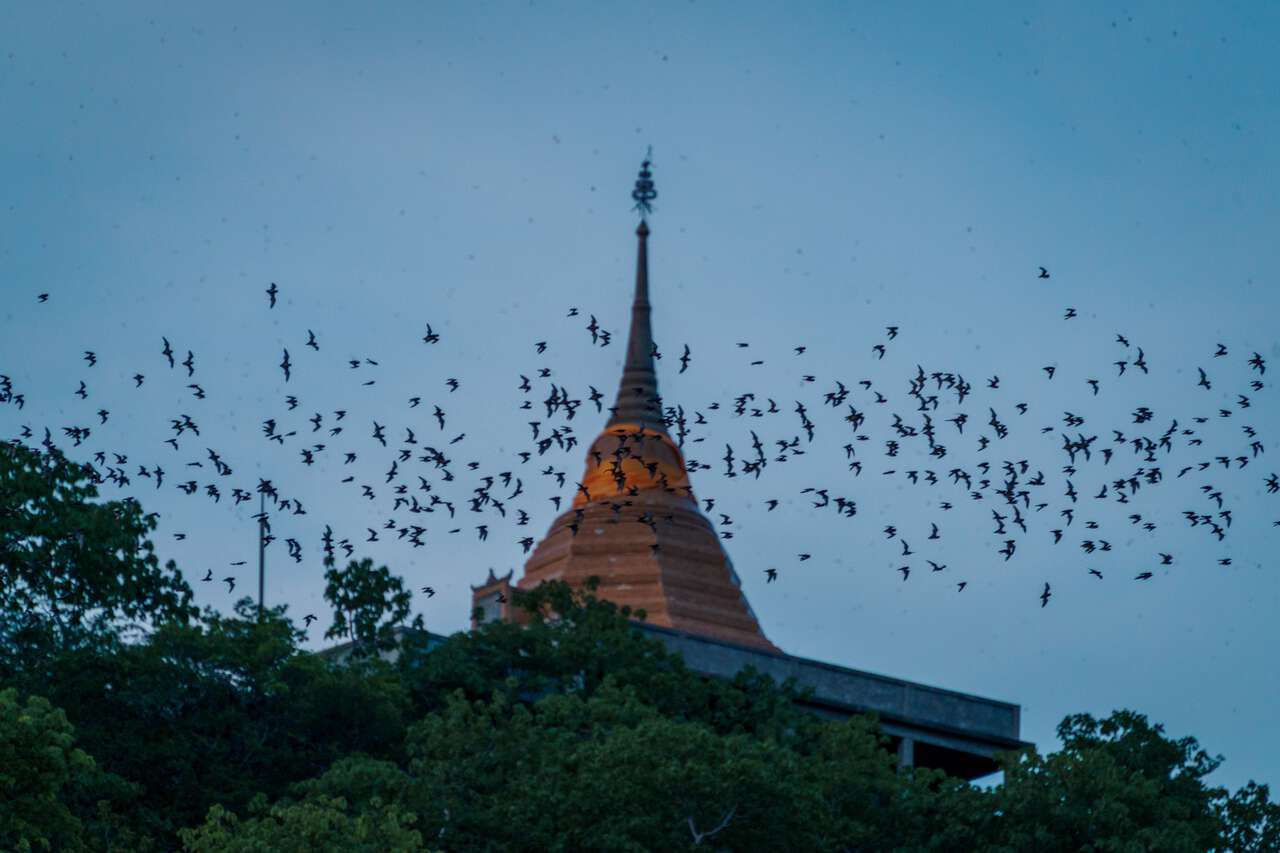
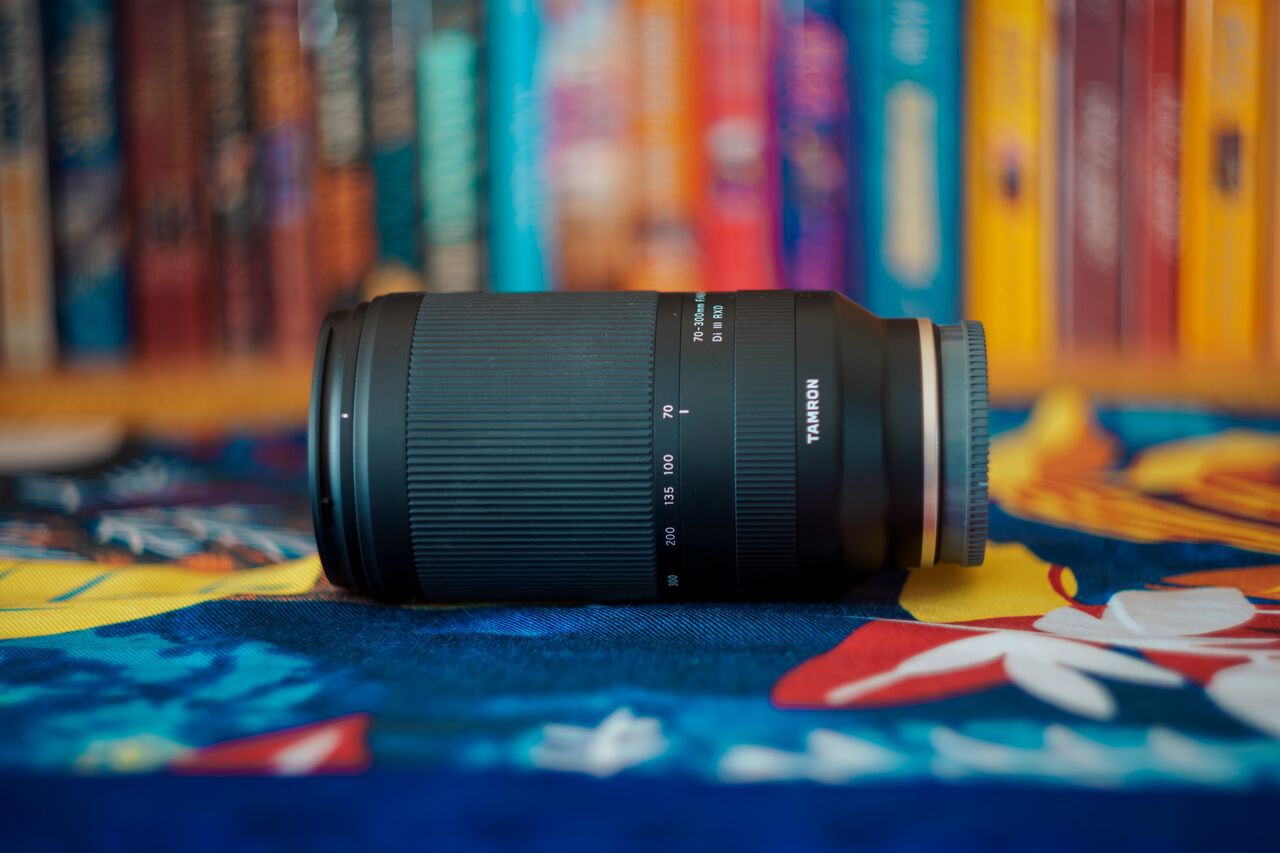
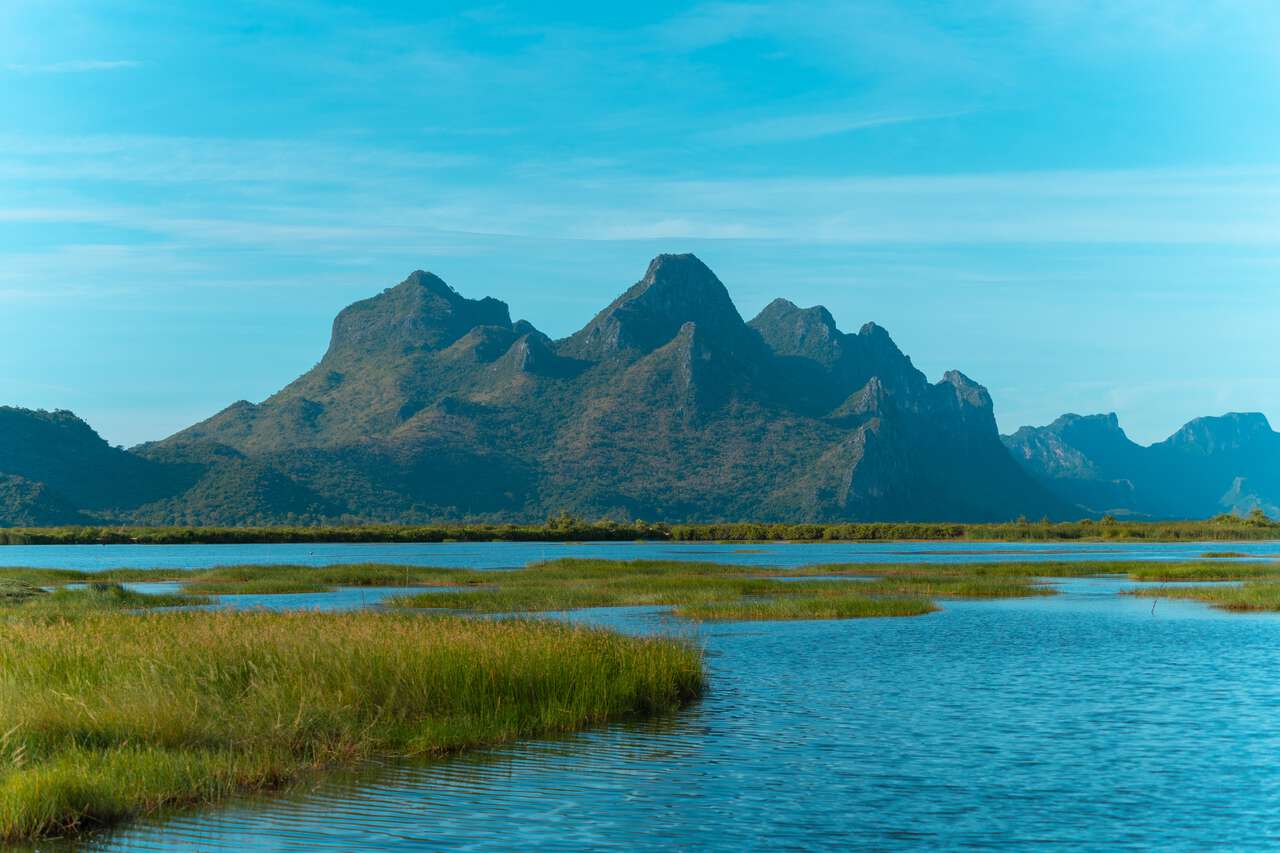
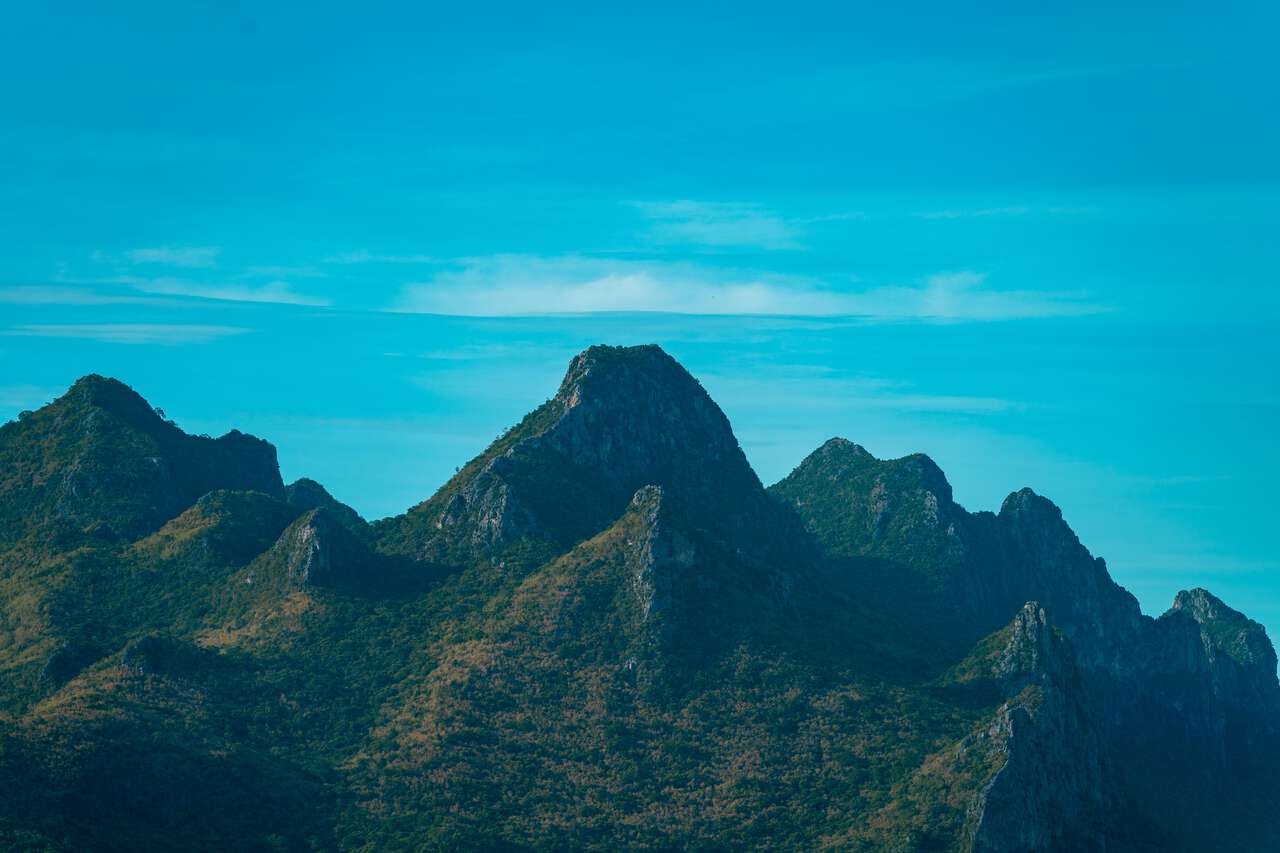


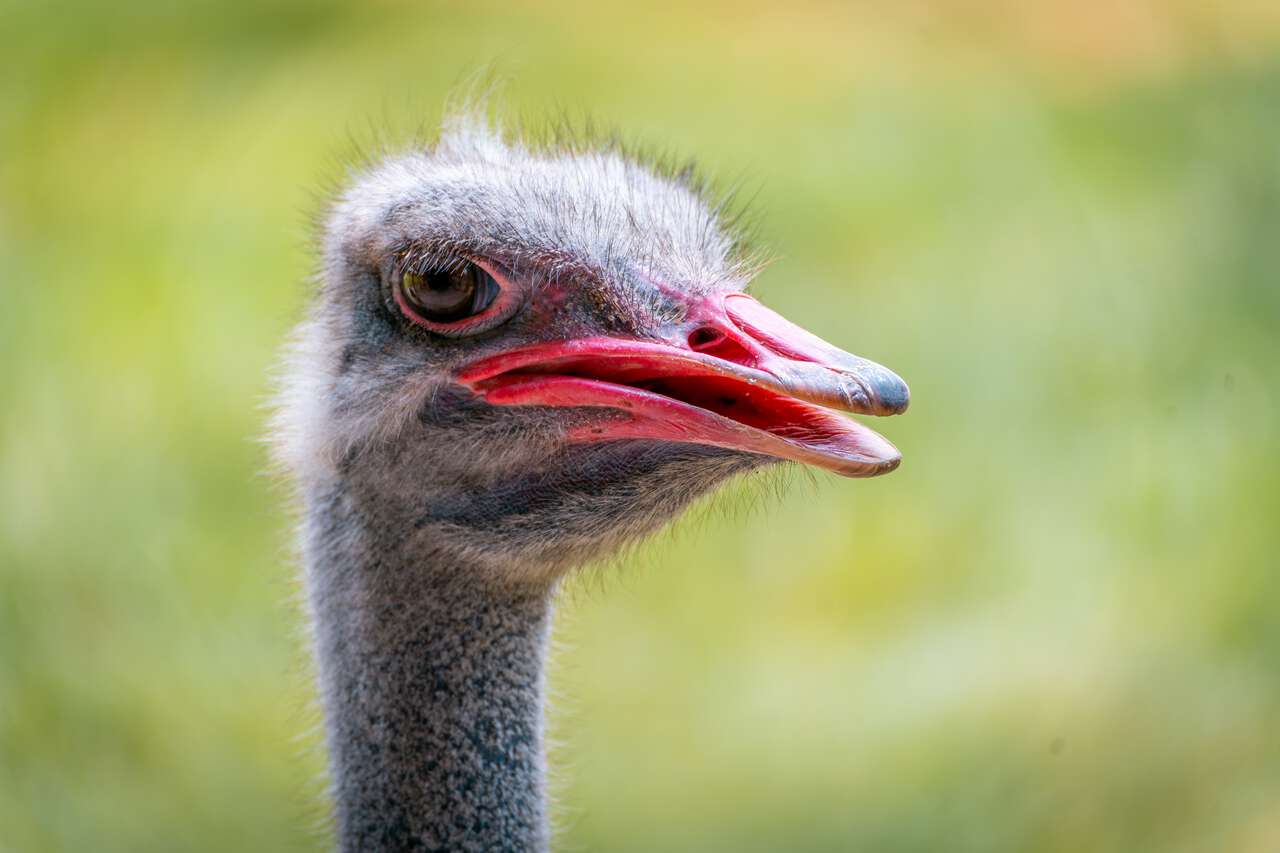

5 Comments
Great review Pete, many thanks. Tamron has just announced this lens for Nikon Z mount, and I'm pretty tempted by it. I'm a NZ based bird photographer and I have both a AF-S 500 f5.6, and the Z 24-200 f4-6.3, so this looks as if it will slot between the two very nicely. Tis Tamron is sharper than the Nikon AF-S 70-300 f4.5-5.6, focuses closer and is slightly lighter so that is a great start especially for use on day walks in the mountains. My one concern is low light autofocus, and lack of VC both of which you mention as a drawback. I can probably handle the lack VC, but the autofocus speed remains. NZ's native forests are relatively dark even in broad daylight, so low-light is the norm. So I wondered whether you could describe your experience focusing on birds in shadows that are 1m-3m away? Our native robins and tomtits are very busy inquisitive birds and happy to explore the leaflitter at one's feet, but you have to be quick!
Thank you for the comments! To answer your questions, the lens is definitely not the fastest autofocusing lens out there but I don't find it as limiting when shooting in shaded forest areas or during blue hours when I used it on my last safari trip.
I never really use this lens for birds as I found 300mm to be a bit limiting but I did used it with the gorillas in Uganda that live in a similar environment you mentioned.
They are often found in thick forests that are often cloudy and rainy plus their furs and skins are black and yet the autofocus was completely fine, as long as the subject is stationary.
If it is moving then the lens would struggle sometime but that's expected since the lens has such a slow aperture speed. I would say, I had around 2/3 of my gorilla photos usable which is not bad for such a challenging condition to shoot in.
Since I use it on auto mode, the camera would crank up the ISO to 16000 every time I shot the gorillas and the photos often come out pretty noisy. Usable, but not the best, which is understandable since the lens isn't designed for professional use. If you can accept that, I think the lens is definitely a great addition to your gear since it's light, sharp in daylight, offers a great range, and best of all, affordable.
I hope this helps a bit!
Many thanks Pete, that's a great description and really helpful .. So tempting but I might wait for Nikon to launch the Z lens that recently appeared on their roadmap that is almost certainly based on Tamron's 70-180 f2.8 VXD. 120mm less reach vs 2 more f-stops -Tricky. I'd just have to be a tad more patient in the field and wait for the birds to come to me.
Either way it seems Nikon may have shared their Z lens protocols with Tamron in exchange for releasing some of Tamron's lenses under a Nikon name, and allowing Tamron to implement the Z version of other lenses .. which sounds eminently sensible.
this was so helpful thank you! If I buy it I'll definitely use your link, still deciding
No problem at all. I used the lens for so many situation and it worked well, especially for the price. I have since upgraded to the Sony 70-200 F2.8 GM2 lens which is way better in low light and autofocus, but I still kept the Tamron 70-300 in case I need to travel super light. There's always a use for an ultra light telephoto lens. :)